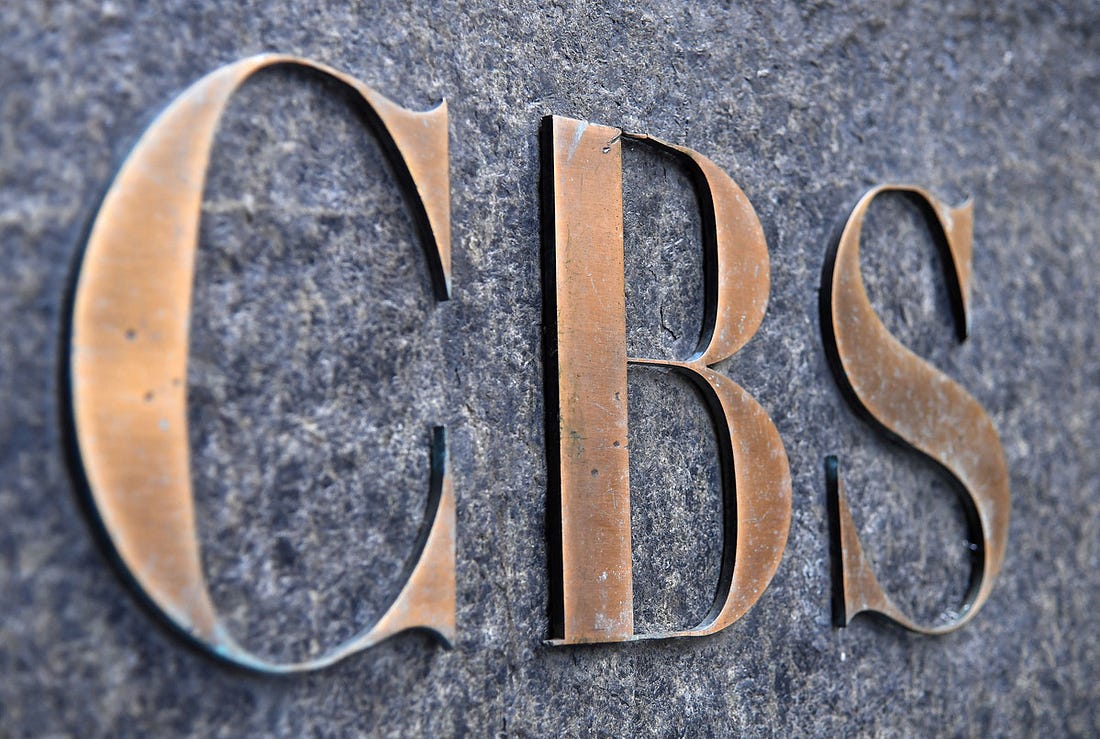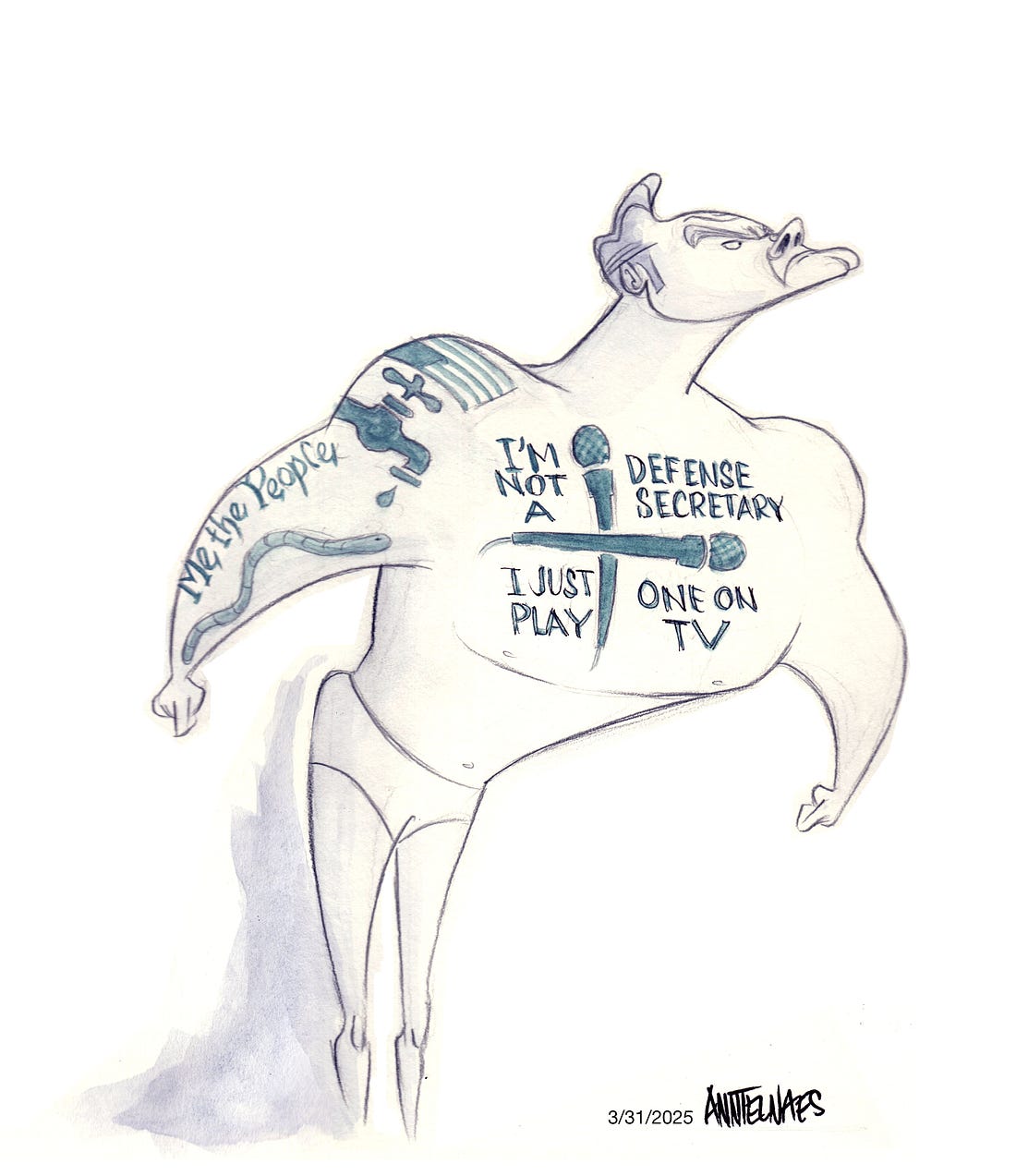What Would Surprise Jesus About Christmas 2025?
Opinion Columnist

The heart of Jesus' message is that loving "others" means caring not only for family and friends but even for strangers — whoever is in need, whether we know them or whether they are like us. This kind of altruism was not promoted — or even accepted — in the Greek and Roman worlds that Jesus came out of. But it is a view that completely transformed the thinking and ethical priorities of the Western world down till today.
I admire that message of Jesus about helping strangers, but did it really transform the moral conscience of the West? White evangelicals overwhelmingly voted for President Trump, and he's not helping strangers but deporting them and breaking up families.
That's right: A number of outspoken Christian leaders and Christian communities promote views that are quite contrary to the teachings of Jesus. Even so, his teachings continue to affect most people in the West, whether Christian or not. When a hurricane hits, many of us feel inclined to send money for disaster relief. Or we volunteer in soup kitchens to help people we don't know. These practices are rooted in teachings of Jesus that became ethical norms once Christianity became the dominant religion of the West.
Public hospitals, broad social programs that focused on the poor, orphanages, poor people's homes, disaster relief — these didn't really exist before Christianity took over the empire, and they obviously have made a huge difference in the lives of millions.
But Christianity has also been used to justify slavery, pogroms and more.
I am not claiming that the world became a moral place because of Christianity. The first Christian emperor was Constantine, one of the bloodiest emperors in the history of the Roman Empire. But I am saying that this inclination to help complete strangers in need came into the Western world through the teachings of Jesus and led to an enormous cultural change.
Already in the ancient Christian church we hear of incredible acts of altruism toward strangers. Toward the end of the first century, some Christians in Rome sold themselves into slavery to buy freedom for others. The idea that we should make some level of sacrifice for those in need has become rooted in the Western psyche.
Speaking of slavery, why did Jesus not condemn slavery? He didn't seem to have a larger message about broader social justice, did he?
No, he didn't condemn it, nor did virtually anyone else in antiquity. With respect to Jesus, it's safe to say he and his followers were far less concerned with institutional injustice than individual suffering.
Many of us have broader views. We tend to urge ethical behavior because we want to make society a better place for the long haul. But for Jesus, there wasn't going to be a long haul. He preached that the end was coming in his own generation. That created a real urgency for helping those who were suffering, but a relative apathy for institutional reform.
The Gospel of Matthew suggests that those who go to heaven are those who feed the hungry and help the sick. Meanwhile, Bible-thumping members of Congress are trimming food stamps and pushing millions off Medicaid. I struggle to understand that.
I do too. So many people who claim to follow Jesus appear to have no idea what he actually taught. When I was an evangelical, we thought it was important to know what the Bible said and act on it. But today the evangelical movement focuses largely on social agendas not promoted in the Bible while ignoring ethical injunctions the Bible makes repeatedly. Whatever one's views of abortion today, it is simply wrong to say the Bible opposes it. The Bible never mentions a deliberate attempt to abort a fetus, and the only biblical passages that relate to the question of whether a fetus is to be treated as a living person with human rights indicate the answer is no (e.g., Exodus 21:22-25). What the Bible does stress, page after page, is the need to care for the poor, the outcast, the "other."
So too with gay rights: People regularly quote Leviticus about how it's a sin for a man to sleep with a man (Leviticus 18:22). But they then ignore the very next chapter, which explicitly insists that immigrants to your country are to be treated just the same as citizens (Leviticus 19:33-34). Why do people focus on one verse instead of the other? They simply pick what they find useful for their own views.
Jesus presumably kept kosher, regarded Saturday as the Sabbath, regarded himself as Jewish. So was Jesus himself a Christian?
Well, it depends what you mean. Jesus was completely Jewish, and he did not envision a religion that would not be Jewish. His followers were all Jewish as well. But starting with Paul, Christianity shifted to become a gentile religion.
If Jesus were to time-travel and show up for Christmas 2025, what would surprise him the most?
I don't think Jesus would recognize Christianity today. The idea that he was a pre-existent divine being who came into the world as a newborn is not found in any of his own teachings in our earliest Gospels of Matthew, Mark and Luke, and I think he would be flabbergasted to hear it.
Then what should we be thinking about when we gather with families on Dec. 25 and seek inspiration at a difficult time?
The Gospels are stories intended to convey important messages. I find the message of Christmas to be very moving. It's about God bringing salvation into a needy world through an impoverished child. This is a child who will grow up and give his life for others.
I don't think this is historical. But I believe stories can be true, meaningful and powerful even if they didn't actually happen. Many of us read great novels that help guide our thoughts about how we want to live. The Christmas story is like that, with power to shape how we think and behave toward others.











